Diving
Banda Sea Liveaboard
Book in advance! Price starting from USD 2,890 / pers Check AvailabilityBanda Sea Liveaboard
Exploring the Banda Sea through a liveaboard diving experience is an adventure that many consider to be off the beaten path. Located in the heart of the Coral Triangle, this remote destination offers a unique experience that is still relatively accessible.
The Banda Sea and the surrounding Banda Islands are known for their rich marine biodiversity and pristine dive sites. Divers from all over the world come here for the chance to see the Hammerhead migration. Imagine diving and seeing a wall of hundreds of Hammerhead sharks. It’s worth every minute of the travel.
The Banda Sea is a premier location for diving due to its diverse marine life, colorful coral reefs, and untouched dive sites. It offers an unforgettable experience for divers of all skill levels, ranging from shallow coral gardens to deep, adrenaline-filled dives with large pelagic species, making it a highly sought-after destination for diving enthusiasts of the Banda Sea region.
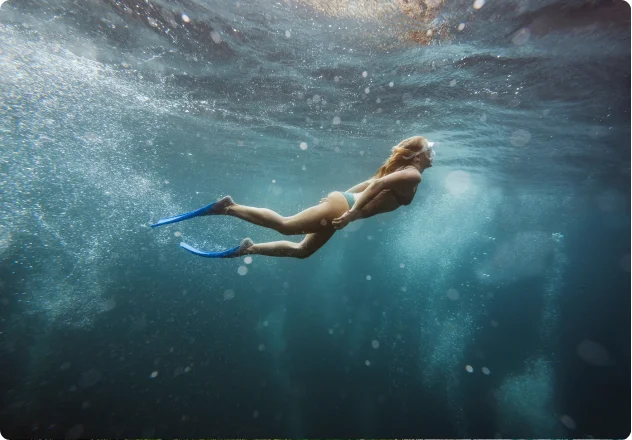
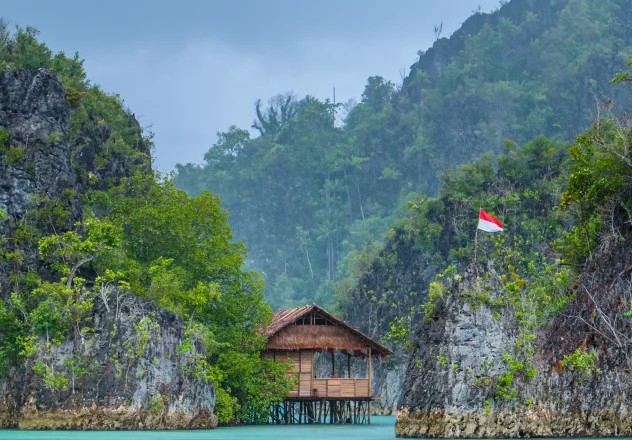
Banda Sea Liveaboard Diving Highlights
The Hammerhead migration is what attracts divers from all around the world to visit the Banda Sea. Because of the remote location where the Banda Sea is found, the only way to experience scuba diving here is by liveaboard. Cell phone and internet connection are limited here, so once you leave the harbor of Ambon, you are literally in the middle of nowhere and completely disconnected from the world, reachable only by satellite internet or satellite phones.
Book NowTop 4 Places to Dive with Banda Sea Liveaboard
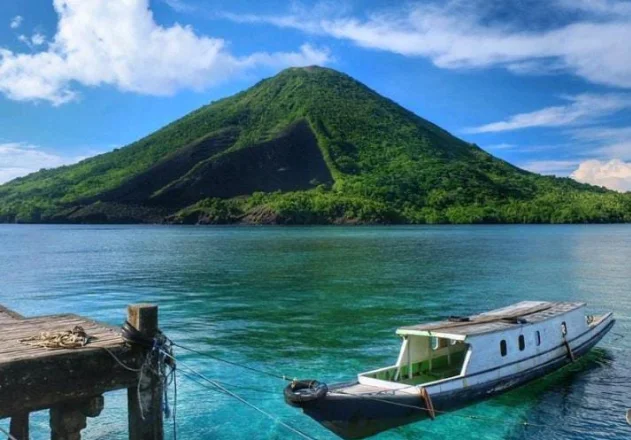
Banda Neira
The Banda Islands, located in the Banda Sea, where Banda Neira is located, is a historic and culturally rich destination worth exploring. The islands were once the world’s only source of nutmeg and were highly coveted by European powers in the 16th century, leading to a tumultuous and violent history. Today, visitors can explore the remnants of the colonial era, including forts and plantations, as well as experience the local culture and cuisine.
Banda Neira is one of the most must-visit destinations for anyone traveling to the Banda Sea, offering a combination of natural beauty and rich cultural history. The town was once a center of the lucrative spice trade and was fought over by colonial powers, including the Dutch and British. Visitors can explore the remnants of the island’s colonial past, including the old Dutch fort and historic nutmeg plantations surrounding the town. Banda Neira has a vibrant local community, so visitors can immerse themselves in the local culture by visiting the bustling markets and trying traditional dishes such as fish curry and sambal.
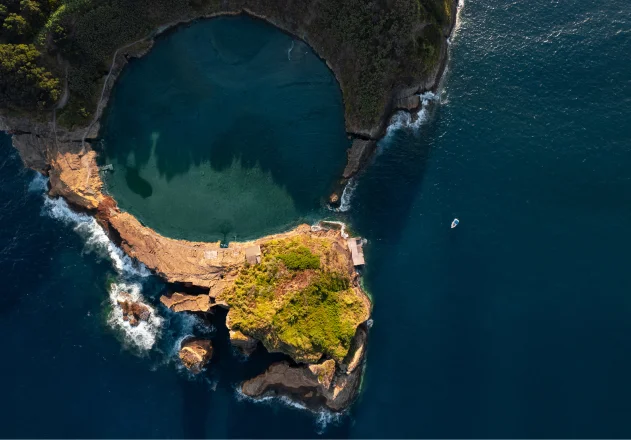
Hatta Island
Hatta Island is located in the southern part of the Banda Sea and is known for its crystal-clear waters and diverse marine life. The island is one of the main spots in the Banda Islands for getting a chance at diving with the Hammerheads. Hatta Island is part of all of the liveaboard operator itineraries.
The Hatta archipelago is located in the Banda Sea in eastern Indonesia, an area renowned for its exceptional marine biodiversity. This region boasts a vast array of underwater landscapes, including coral reefs, volcanic seamounts, and deep trenches, providing an ideal habitat for a wide variety of marine life, including hammerhead sharks. The Banda Sea is also home to other sought-after diving locations, such as the famous Raja Ampat archipelago, making it a popular destination for scuba diving enthusiasts from around the world.
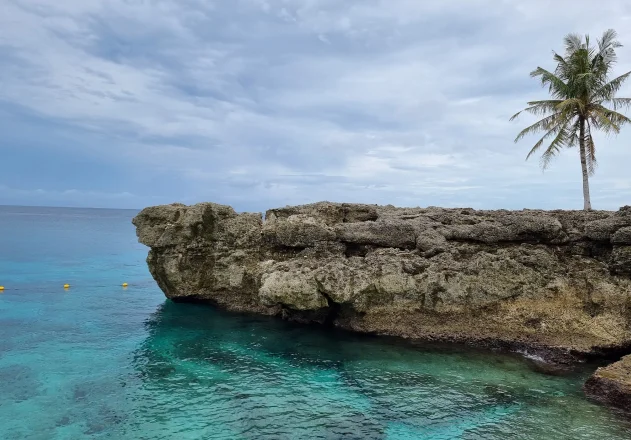
Manuk Island
Hatta Island and Manuk Islands are known for their high chance of spotting hammerhead sharks, making them popular spots among scuba divers looking for an adrenaline-filled experience. Manuk Island is a small, uninhabited island in the Banda Sea, home to a large population of sea snakes. Scuba diving in the area around these islands is spectacular, with the reef being a must-see attraction, and it’s one of the only spots where there are chances to see Manta Rays. Whether you’re a seasoned scuba diver or a beginner, exploring the underwater world of the reefs surrounding the island of Hatta and Manuk Islands in the Banda Sea is an experience to be noticed.
Manuk Island is located in the Banda Sea, a part of the Pacific Ocean. Several islands, including Ambon Island, Seram Island, and the Kai Islands, surround this sea. The Banda Sea is known for its rich marine biodiversity, with numerous species of fish, coral, and other marine life that can be found nowhere else on Earth. The sea also has historical significance, as it was once a significant center of trade and commerce, with spices like nutmeg and cloves being highly sought after by traders worldwide. Today, the Banda Sea remains a popular destination for diving and snorkeling, with many visitors coming to explore its stunning coral reefs and underwater landscapes.
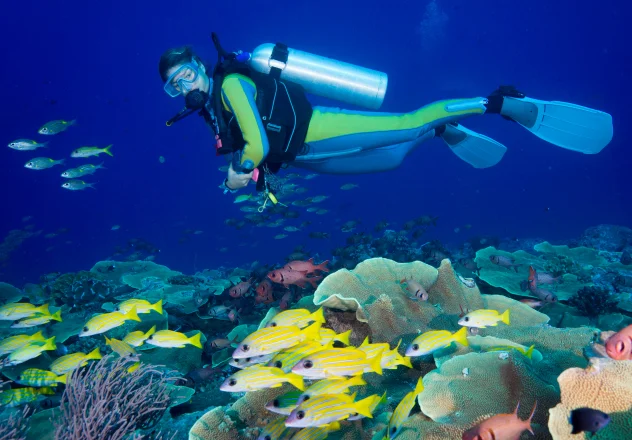
Suanggi
Suanggi is the big rock in the middle of the ocean and is the only best place to see the migration of the Hammerheads. There are three underwater pinnacles that, when moving around against the current, will position divers just in front of the Hammerhead shark wall.
There are no other things visible here, but often, Banda Sea liveaboard chooses to do several dives here to maximize the chances of seeing Hammerhead sharks.
Best Season & Itinerary for Banda Sea Liveaboard
The best time to dive in the Banda Sea is from March to May and September to November but by far, the perfect time is September to November, and that’s when most of the liveaboard diving boats are there. From March to May, divers are mainly focused on the Komodo liveaboard, so there are few options to be able to submerge in the Banda Sea.
During these months, the water is clear, and the currents are mild, providing optimal conditions for diving. Itinerary-wise, all liveaboards start from the port city of Ambon, where the main airport is also found, with a typical trip duration of approximately eight days, seven nights, or up to 10-11 days.
At the end of the season, all the liveaboard vessels operating in the Banda Sea region embark on a stunning 11-day, 10-night journey from Ambon, traversing the Banda Sea before arriving in Sorong via Triton Bay and Misool. This incredible journey not only offers breathtaking views but also provides divers with the opportunity to dive with magnificent Whale Sharks.
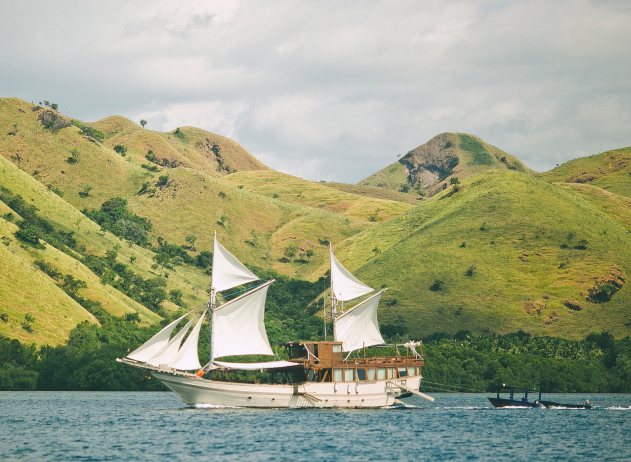
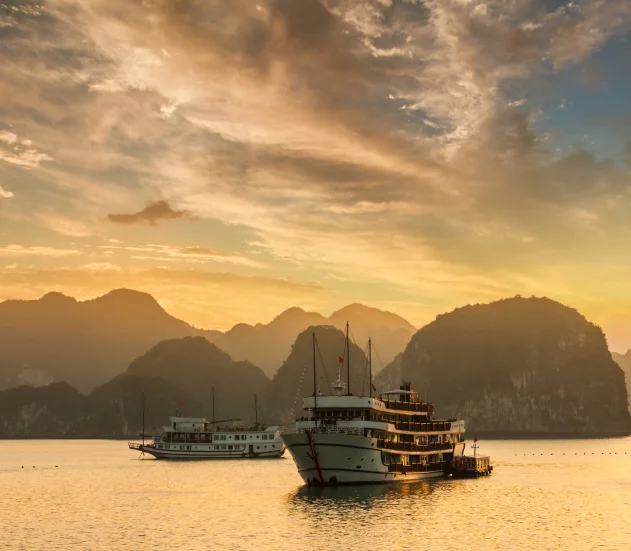
How To Arrive in Banda Sea
The Banda Sea is one of Indonesia’s most distant dive locations, and it’s reachable by select flights from Jakarta or Makassar arriving at the airport of Ambon. With different airlines, you will find different flights, but the best would be to start from Jakarta, although most of the flights will still make a second stop in Makassar.
Once you arrive in Ambon, you will need to transfer to the local ferry or speedboat to reach the dive sites in the Banda Sea. Alternatively, you can join a liveaboard diving trip that departs from Ambon and takes you directly to the dive sites. Liveaboards are the most popular and convenient way to explore the Banda Sea, as they offer a comfortable and hassle-free diving experience, allowing you to visit multiple dive points and explore the remote areas of the sea. Regardless of how you choose to arrive, diving is a once-in-a-lifetime experience that is well worth the effort to get to the destination.
Preferred airlines to arrive on time for your Banda Sea liveaboard are:
Banda Sea Liveaboard Safety Tips
Safety is always a top priority when diving, and no exception. There are some safety tips to keep in mind when diving in this area, such as being aware of strong currents and always following the guidance of your dive guide.
It’s essential to ensure that your diving equipment is in good condition and continuously check it before each dive. Furthermore, you should have a plan for emergencies and communicate it with your dive guide and fellow divers. Having some dive insurance and being familiar with some of the diving laws and regulations in Indonesia are also recommended.
Lastly, you should always respect marine life and the environment, avoiding any actions that could harm them, such as touching or feeding marine creatures or leaving trash on the sea. By following these safety tips, you can have a safe and enjoyable diving experience on the Banda Sea.
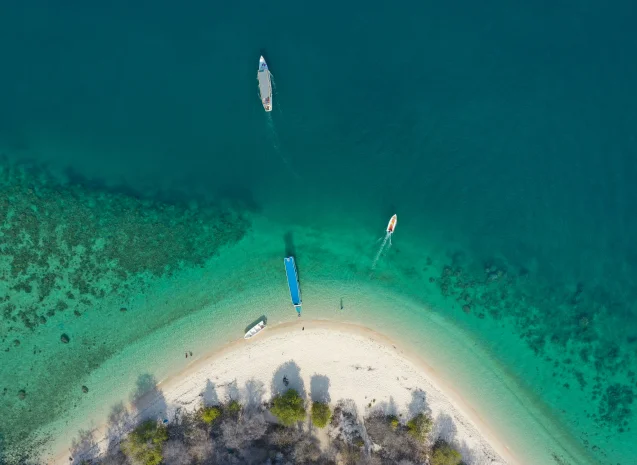
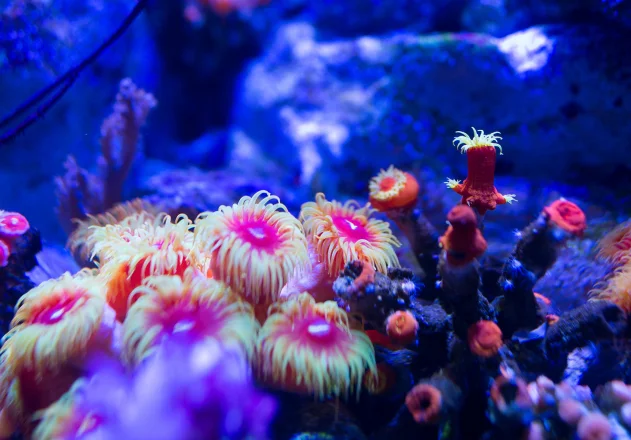
Banda Sea Liveaboard Packing List
Packing for a liveaboard trip can be challenging, but with some essential planning and preparation, make sure to have everything you need for a safe and enjoyable diving experience. This list includes essential items such as dive gear, sunscreen, and insect repellent.
You should also bring appropriate clothing for the tropical climate, including lightweight, breathable tops, shorts, and sandals. Moreover, it’s recommended that you bring a light jacket or sweater for cooler evenings or protection against the sun.
Banda Sea Liveaboard Packing List
Remember to pack your camera and underwater housing, as they are essential to capture stunning marine life and scenery. In addition, other valuable items to bring include:
A waterproof bag to keep your belongings safe.
A hat or cap to protect your face from the sun.
A reusable water bottle to reduce plastic waste.
Lastly, it’s a good idea to pack any necessary medications and first aid supplies, along with any personal items you may need, such as a book or playing cards for entertainment during the trip. By packing smart and bringing the essentials, you’ll be well prepared for an unforgettable diving adventure.
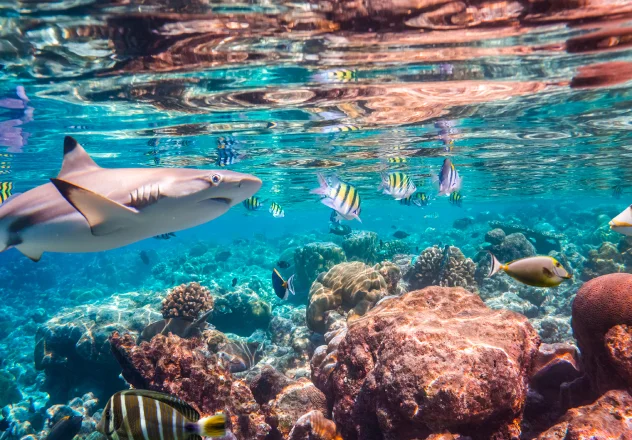

Banda Sea Liveaboard Cost and Budgeting
Diving in the Banda Sea can be expensive, especially when factoring in the cost of a liveaboard trip. It’s essential to have a clear idea of your budget before embarking on a diving trip to the Banda Sea and to carefully consider the cost of equipment rental, dive fees, and other expenses.
Book a liveaboard well in advance to secure your spot and benefit from early booking discounts. Furthermore, it is worth considering the cost of flights and transfers to and from Ambon, as these can also contribute to the overall cost of the trip. To save money, consider joining a group tour or opting for a budget-friendly liveaboard. It is essential to factor in any additional expenses, such as tips for the crew and dive guides, as well as any activities or excursions not included in the liveaboard package. By budgeting carefully and planning, you can have a fantastic diving experience without breaking the bank with a little effort.
Banda Sea Liveaboard Photography Tips
The Banda Sea is a paradise for underwater photography enthusiasts. From stunning coral reefs to fascinating marine creatures, there are plenty of opportunities to capture fantastic shots. This section will provide tips on how to get the most out of your photography equipment and how to get aesthetic shots underwater.
When visiting the Forgotten Islands, it’s essential to come prepared with the right equipment, such as underwater housings for your camera and lenses, strobes, and filters, which can help you capture the vivid colors and intricate details of the reefs and marine life. Additionally, proper buoyancy control and mindfulness of your surroundings are crucial since these fragile ecosystems require careful preservation to protect the reefs and marine life on the islands.
With its abundant natural beauty and diverse marine life, the Banda Sea and the Forgotten Islands offer endless opportunities for underwater photography. Whether you’re a seasoned pro or just starting, these destinations will leave you in awe and inspire you to capture stunning images of the underwater world to the fullest.
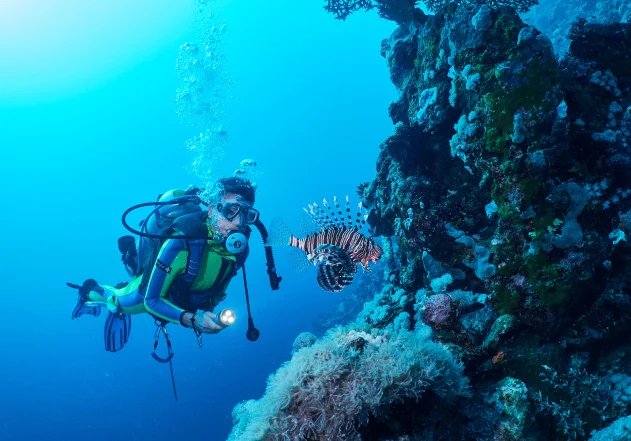
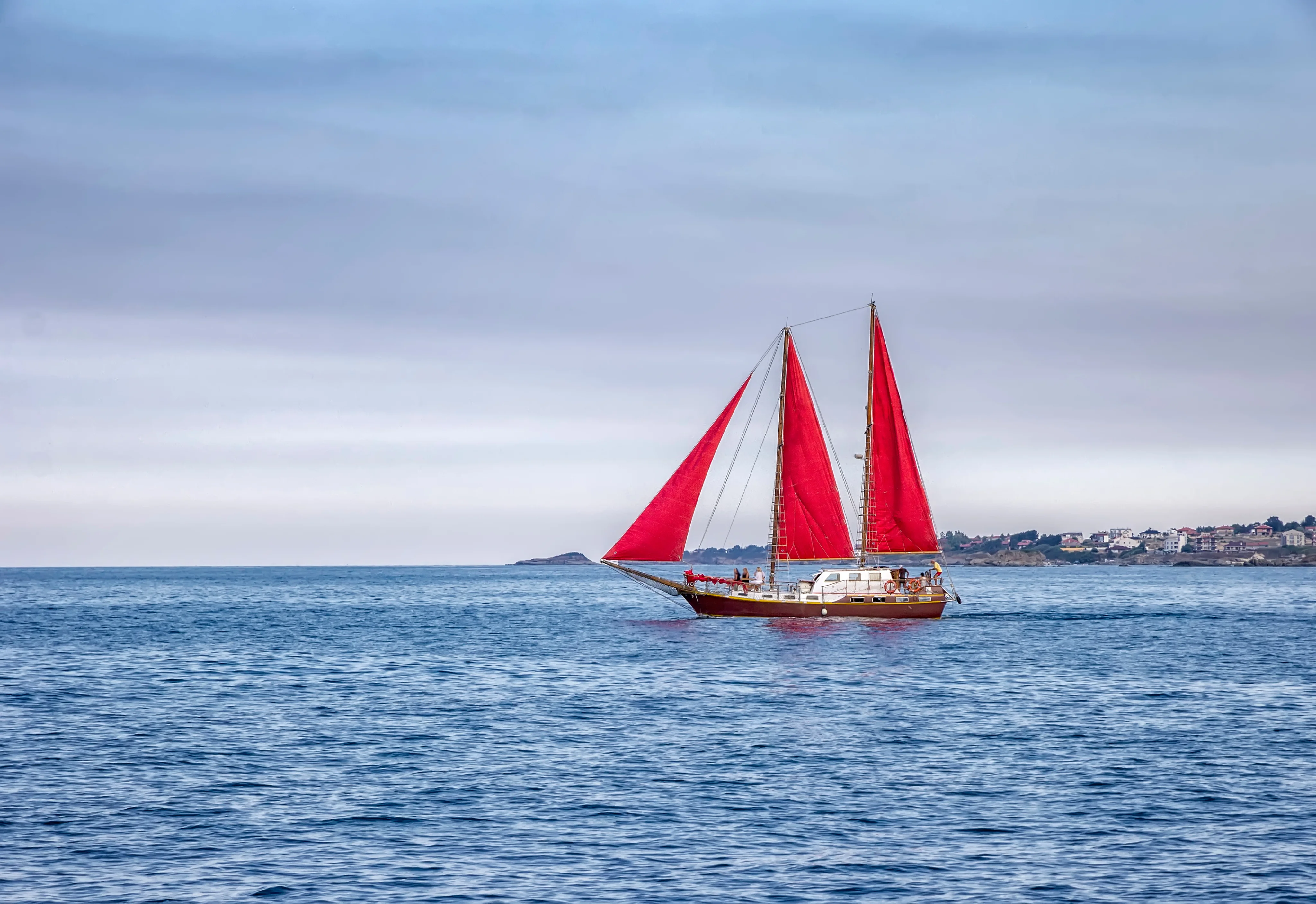
Banda Sea Liveaboard Conservation Efforts
The Banda Islands themselves are also a focus of conservation efforts. These islands are located in the heart of the Coral Triangle, recognized as the global center of marine biodiversity. The waters are home to over 600 species of coral and 1,200 species of fish, making it one of the most diverse marine environments on the planet. However, the islands have also been affected by overfishing and destructive fishing practices, in addition to the historical exploitation of their valuable nutmeg plantations.
Today, efforts are underway to protect the biodiversity of the Banda Islands and promote sustainable development in the area. This includes initiatives to reduce overfishing, improve waste management and sanitation, and support sustainable tourism. Visitors to the Banda Islands can support these efforts by choosing responsible tour operators, following local conservation guidelines, and being mindful of their environmental impact.
Overall, the Banda Sea and its surrounding islands are a unique and valuable ecosystem that requires ongoing conservation efforts to protect their rich biodiversity. By supporting these efforts during your liveaboard trip, you can help ensure that this critical marine environment is preserved for future generations.
Frequently Ask Question
Everything you need to know about the product and billing. Can’t find the answer you’re looking for? Please chat to our friendly team.
See More FAQs